Website
http://sustainability.asu.edu/eatlas/gp2100.htmSummary
Greater Phoenix 2100 proposes to develop and present a wide variety of scientific and technical data on the past, present, and possible futures of the Phoenix region. It strives to build on the premise that knowledge can be used to create better lives for future generations. Arizona State University possesses a significant storehouse of information about greater Phoenix and ASU faculty and students study and analyze practically every important aspect of central Arizona from its underlying geological structure to daily real estate transactions. Significant data exist concerning climatic variations, the flora and fauna of the Sonoran biome, the regional history and economic trends, and the health and education of the population. The goal of Greater Phoenix 2100 is to make this information available in ways that will enable wise, knowledge-based decision-making that can shape this region during the next 100 years.
The 100-year timeframe presents a purposefully longer-term view of the metropolitan region than has previously been developed. While short-term visioning is limited by immediate considerations, a century-long perspective requires the incorporation of multigenerational concerns and changes in technology. A 100-year timeframe also allows for evaluation of geologically common but societally rare events such as droughts, major floods, and gradual climate changes.
Greater Phoenix 2100 will seek to complement existing activities being conducted at ASU and other organizations in the region. This would include the Central Arizona-Phoenix Long-Term Ecological Research (CAP LTER) Project supported by the National Science Foundation. CAP LTER is one of only two such urban LTER sites in the nation. It would include the work of the Morrison Institute for Public Policy. The Morrison's recent collaboration with the Brookings Institution generated the widely regarded Hits and Misses report.
Generations of citizens, policy makers, and scholars will benefit from Greater Phoenix 2100. The project will result in products that will help community and business leaders to make wiser decisions. It will assist local, state, and federal officials in planning and designing programs and policies. The project will aid teachers and students in their understanding of natural and social processes.
In short, Greater Phoenix 2100 will be a strong, scientific resource for considering the region's long-term prospects and for creating the kind of future its residents want.



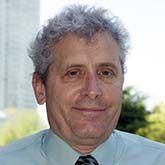 Ray Quay
Ray Quay
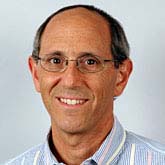 Jonathan Fink
Jonathan Fink
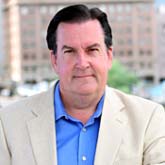 Grady Gammage
Grady Gammage
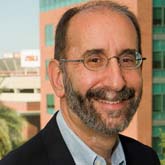 Rob Melnick
Rob Melnick
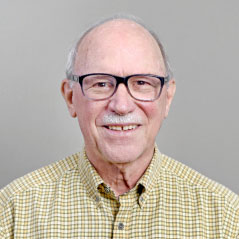 Charles Redman
Charles Redman
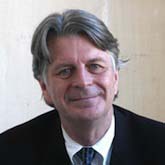 Frederick Steiner
Frederick Steiner